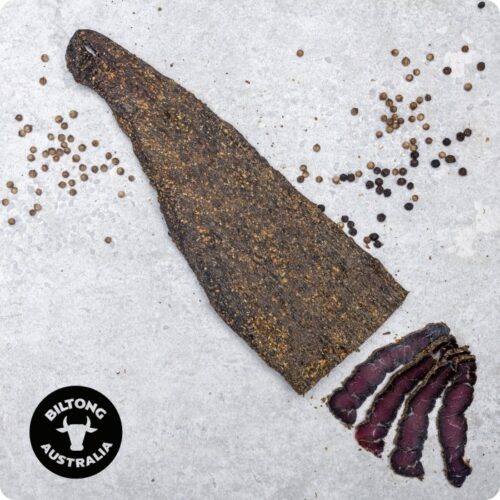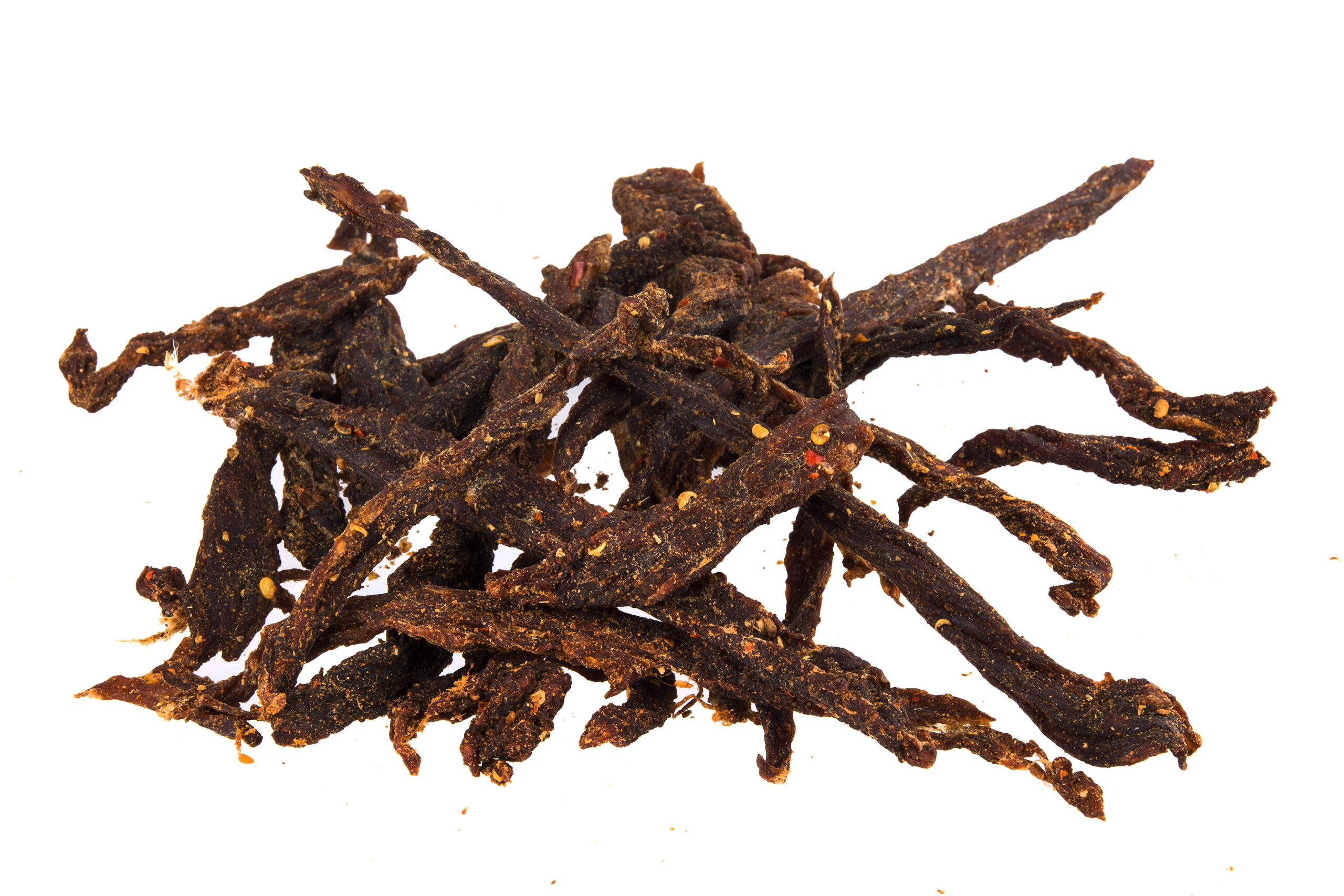Where does Biltong come from? The History of Biltong.
Want to know the History of Biltong? You’ve come to the right place! We will delve into the historical origins of biltong as well as its close cousin – jerky.
It is important to note that Biltong and Jerky are NOT the same. Although the two are both a type of cured meat and enjoyed by millions worldwide, there are several major differences between them.
The history of biltong
Biltong is an air-dried meat that has been traditionally made in South Africa for hundreds of years. The word ‘Biltong’ comes from the Dutch words “bil” (backside) and “tong” (strip). Biltong has been made for over 400 years which originated by the people of South Africa, by salting a piece of meat and hanging it to dry for preservation purposes.
Biltong has evolved over hundreds of years, dating back to the Voortrekkers (Frontiers of the Cape Colony) who migrated into Southern Africa during the Great Trek and needed a source of non-perishable staple food. The Great Trek was a northward migration of Dutch-speaking settlers, of whom travelled in station wagons from 1836.
When European settlers arrived, they introduced a more sophisticated curing process that involved vinegar which combatted bacterial growth and a variety of spices. This became important in long distance travel during the winter months due to its longevity.
As time has passed, biltong has gained popularity as a food in Southern Africa as well as around the world and is relished as a snack or a means of conserving meat for extended periods. It is particularly enjoyed by adventurers who require a dependable protein source that can withstand spoilage for several weeks or even months. Biltong is also enjoyed as a nutritious lunch box snack at work, gym, parties and much more.
Today, biltong is primarily made from Beef, although one can source other types of biltong such as crocodile biltong, lamb biltong, chicken biltong, fish biltong and more. Typically, topside or silverside is used to make beef biltong, but can also be made with other less common beef cuts such as eye round and outside flat, which may hinder the quality.
Biltong contains around 50% protein, and is a healthy high-protein snack optimal for muscle growth – there are no nasty or artificial ingredients like many protein bars and shakes.
The History of Jerky
Jerky is sometimes referred to as Biltong’s cousin. However, deciphering the origins of Jerky is a bit more unclear. Although different forms of Jerky have been made globally across time, the word ‘Jerky’ originated from the Incan Civilization in South America, where the Quechuan word “ch’arki” meant “dried meat”. It is however unclear, as to some, Egypt is also considered to belong to the origins of Jerky. When the Spanish discovered this type of preserved meat during the Spanish Conquest of South America, they made it available to the rest of the world.
Both nutritious snacks are high in protein and hold low fat contents – great for pre meal snacks, post meal snacks, and even to enjoy in meals. Biltong traditionally has a lower salt content, as it is not cut as thin as jerky, allowing each strand of meat to absorb the spices. Jerky also is usually made with sugar, unlike our biltong range with has no added sugars. For recipes and food ideas with biltong and more, visit our recipes.
Summary
We’d love to hear your thoughts on this piece of writing. Have a look through our range of Biltong, Biltong Stokkies and Droëwors today. If it’s more convenient for you, pick up some biltong from your nearest stockist.[/vc_column_text][/vc_column][/vc_row]
If you want to learn more about the differences between biltong and jerky head over to our other blog or if you want to learn more about the history of biltong, listen to this great YouTube video!



